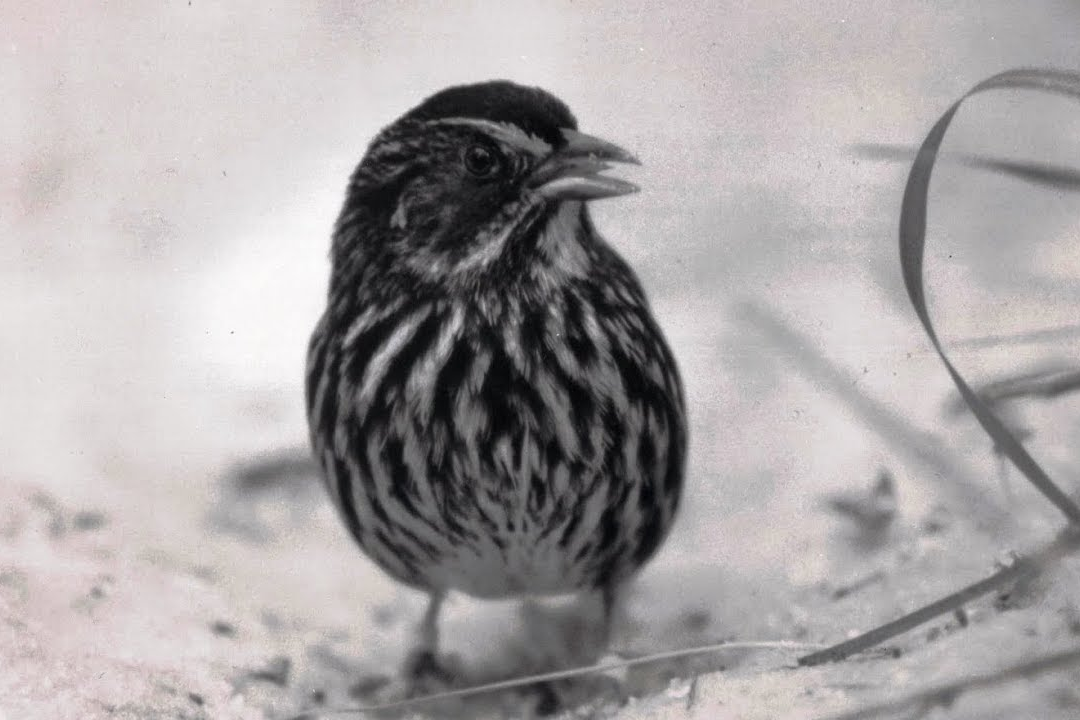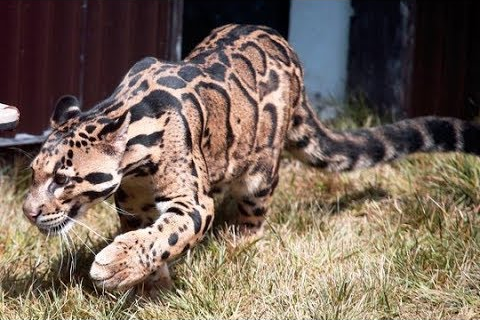‘
1. Thylacine – The Mysterious “Tasmanian Tiger”
Once roaming the forests and grasslands of Tasmania, the Thylacine was one of the most unusual-looking animals, resembling a dog with tiger-like stripes. This unique marsupial was officially declared extinct in 1936, and while there have been unconfirmed sightings since then, no verified evidence of its survival has emerged. The Thylacine’s disappearance is a haunting reminder of human impact on fragile ecosystems.
2. Passenger Pigeon – From Billions to Zero
In the 19th century, Passenger Pigeons were the most numerous birds in North America, with flocks that darkened the skies for miles. But by 1914, after relentless hunting and habitat loss, the species vanished with the death of the last bird, Martha, in captivity. The sudden collapse of this population is one of the most tragic stories of wildlife loss.
3. Baiji Dolphin – The “Goddess of the Yangtze”
This freshwater dolphin, known as the Baiji or “Goddess of the Yangtze,” was native to China’s Yangtze River. Pollution, boat traffic, and habitat destruction led to its extinction, with the last confirmed sighting in 2002. Its loss is particularly poignant as it marks the first large aquatic mammal driven to extinction by human activity.
4. Great Auk – The Original Penguin
The Great Auk was a flightless seabird of the North Atlantic, known for its remarkable diving ability. It was hunted for its feathers, meat, and eggs, leading to its extinction by the mid-19th century. The last known pair was killed in 1844, marking the end of a species that once thrived in cold northern waters.
5. Pyrenean Ibex – The First De-Extinct Animal
The Pyrenean Ibex, a subspecies of the Spanish ibex, went extinct in 2000. In 2003, scientists briefly resurrected it using cloning technology, making it the first species to be “de-extinct” – though the clone only survived for a few minutes. This ibex’s story highlights the potential and challenges of cloning extinct species.
6. Caribbean Monk Seal – The Shark-Eyed Hunter

The Caribbean Monk Seal was the only seal species native to the Caribbean. Hunting for its oil and blubber drove its numbers down, with the last confirmed sighting in 1952. It was declared extinct in 2008, marking the loss of yet another marine mammal from human pressures.
7. West African Black Rhino – The Gentle Giant of Africa
Once roaming central Africa, the West African Black Rhino was declared extinct in 2011 due to relentless poaching. Conservation efforts came too late, as illegal hunting for its horn drove it to extinction. Its disappearance is a stark warning of the devastation caused by the illegal wildlife trade.
8. Pinta Island Tortoise – Lonesome George’s Legacy
The Pinta Island Tortoise was once found only on Ecuador’s Pinta Island. The last known tortoise, “Lonesome George,” became a global symbol of conservation before his death in 2012. Despite efforts to breed him, George’s passing marked the end of his subspecies.
9. Quagga – The Half-Zebra Wonder
The Quagga, a unique subspecies of the plains zebra, had stripes only on the front half of its body. It was hunted to extinction in the late 19th century, with the last individual dying in captivity in 1883. Today, selective breeding programs are attempting to recreate this unusual pattern in zebras.
10. Golden Toad – The Flashy Resident of Cloud Forests
The Golden Toad, once found in the cloud forests of Costa Rica, was last seen in 1989. Scientists believe climate change contributed to its extinction, as warmer temperatures altered its delicate habitat. Its loss is often cited as a prime example of the impact of climate change on biodiversity.
11. Heath Hen – America’s Lost Game Bird
Once abundant on the American East Coast, the Heath Hen became a favorite for hunting. Its population dwindled until the last known individual, “Booming Ben,” died in 1932. The Heath Hen’s extinction spurred early efforts to protect endangered species in the U.S.
12. Javan Tiger – The Vanished Jungle Stripes

One of the three subspecies of tigers that went extinct in the 20th century, the Javan Tiger was native to the island of Java, Indonesia. Deforestation and hunting caused their numbers to dwindle, with the last confirmed sighting in 1972. The Javan Tiger’s story underscores the importance of habitat preservation.
13. Dusky Seaside Sparrow – The Last Song Silenced

Native to the marshes of Florida, the Dusky Seaside Sparrow’s habitat was drained for development. Efforts to save it were too late, and the last known individual died in captivity in 1987. Its extinction is a somber reminder of the impact of habitat destruction.
14. Hawaiian Crow – The Silent Forest Voice
Also known as ‘Alalā, the Hawaiian Crow was once essential to Hawaiian ecosystems as a seed disperser. The species went extinct in the wild in the early 2000s, though conservation efforts continue in captivity. Its loss marks a major blow to Hawaii’s delicate forest ecosystem.
15. Formosan Clouded Leopard – Taiwan’s Forest Phantom

This beautiful, elusive cat was native to Taiwan and is believed to have gone extinct due to deforestation and hunting, with the last sighting reported in 1983. The Formosan Clouded Leopard’s mystique endures as one of Asia’s lost treasures.
16. Japanese Sea Lion – The Seaside Specter
The Japanese Sea Lion, native to Japan’s coastal waters, was hunted for oil and blubber. By the mid-20th century, it was declared extinct. Its loss is part of Japan’s maritime history and a reminder of the fragile balance of marine ecosystems.
17. Spix’s Macaw – The Last Blue in the Wild
Known for its striking blue feathers, the Spix’s Macaw was declared extinct in the wild in 2000, largely due to habitat loss and illegal trapping. Fortunately, breeding programs in captivity continue, with hopes to reintroduce this beautiful bird to its native Brazil.
18. Toolache Wallaby – Australia’s Lost Jumper
Once common in southeastern Australia, the Toolache Wallaby was hunted extensively for its fur. The last confirmed sighting was in 1924. The Toolache Wallaby’s disappearance is part of Australia’s larger struggle to preserve its unique marsupial species.
19. Mexican Grizzly Bear – The Smallest Yet Fiercest Bear
The Mexican Grizzly Bear, one of the world’s smallest bear subspecies, was native to northern Mexico. Excessive hunting wiped out this species, with the last known sighting in the 1960s. Its loss highlights the vulnerability of even the most fearsome creatures to human activity.
20. Atitlán Grebe – Guatemala’s Vanished Water Bird
Endemic to Lake Atitlán in Guatemala, the Atitlán Grebe faced pressures from introduced fish species and habitat loss. By the mid-1980s, the species was declared extinct. Its loss is a poignant reminder of how fragile isolated ecosystems can be.


